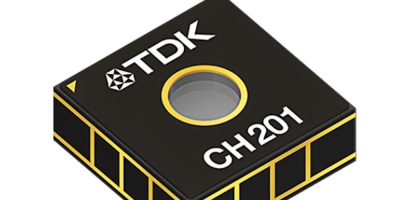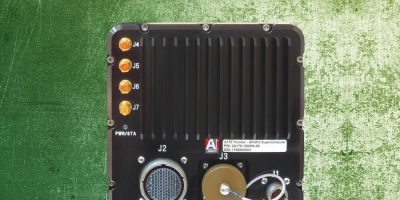Based on the 8th Generation Intel Core processor, the EPC-C301 is a compact fanless box PC from Advantech. Intended for industrial use, it has domain-focused I/O and can operate in a wide temperature range.
The EPC-C301 integrates Intel and Canonical technologies, provides Ubuntu OS and OpenVINO toolkits. It has been developed for machine vision applications, such as biometric artificial intelligence (face recognition), automated optical inspection (AOI) or automated plate number recognition (APNR).
EPC-C301 supports four GbE LAN and four USB 3.2 Gen2 x1 (10Gbits per second) to accommodate the IP/HD camera inputs required for AOI, APNR and other machine vision applications. The compact design measures just 170 x 118 x 70mm and has four USB 2.0 and four UART interfaces to expand performance with card readers, barcode scanners, key pads, fingerprint sensors and other peripherals.
There are also two isolated CANBus ports designed for use in automation and medical applications. Windows and Linux based drivers/APIs are also available for convenience and compatibility, adds Advantech.
The 8th Generation Intel Core processor at the heart of the PC is the first one that doubles the core count to quad-core on a low power 15W CPU, says Advantech. High-bandwidth dual-channel DDR4 supports up to 32Gbyte while satisfying intensive data handling and image processing requirements. The EPC-C301 is equipped with an M.2 M-Key 2280 that accepts both SATA SSD’s and PCIe x4 SSD’s, to advance computing speeds.
To meet artificial intelligence IoT (AIoT) IoT challenges on the edge, the EPC-C301 includes M.2 E-Key for Wi-Fi and Bluetooth, M.2 B-key for LTE and a mini-PCIe, which is compatible with Advantech’s VEGA-330 AI mini-PCIe module. This system has a broad operating temperature (-20 to around 60 degrees C) typically incurred in outdoor applications like passenger information/tracking systems (PIS) or smart parking solutions.
The EPC-C301 also features the Intel OpenVINO developer kit, which is compatible with the VEGA-330 AI acceleration card and Ubuntu 18.04 LTS.
The fanless box PC is available for order now.







